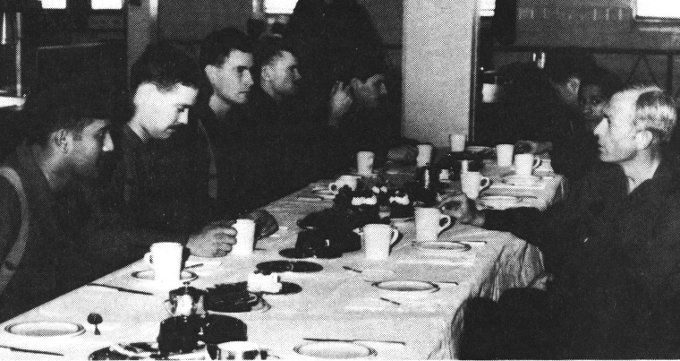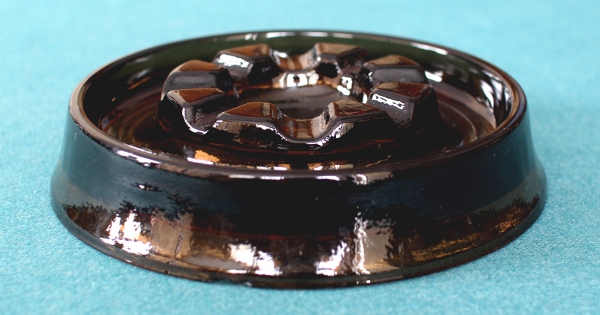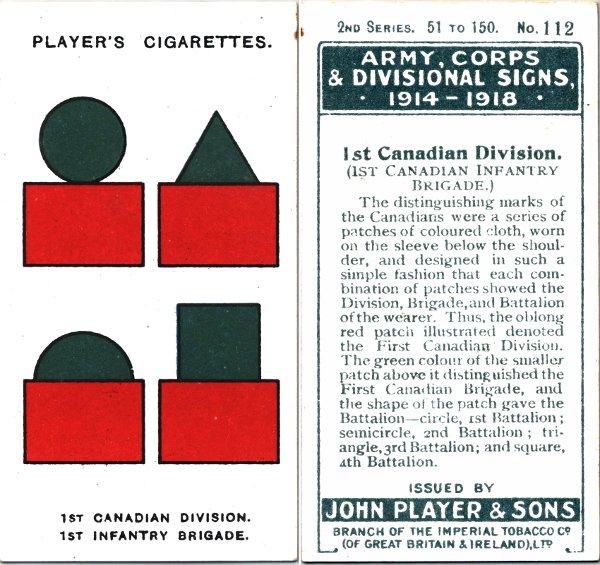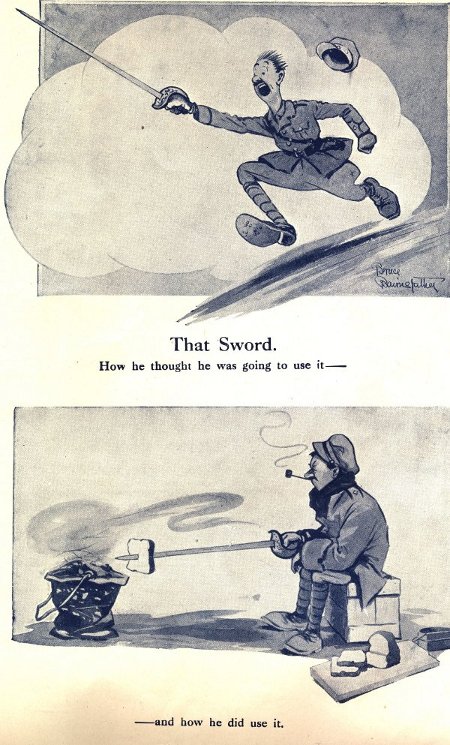Topic: Perpetuation
 (Or: "How One Regiment Could be Fighting in Three Places at Once")
(Or: "How One Regiment Could be Fighting in Three Places at Once")
The following regiments of the Canadian Army perpetuate more than one fighting unit of the infantry or machine gun corps of the Canadian Expeditionary Force. In many significant battles of the First World War, which these regiment's forebears won battlefield honours, they (and, hopefully, the organizers of commemorative events) will have to trace the actions of each perpetuated unit to fully develop an understanding the the roles of the soldiers they now honour in perpetuation. This may lead to some modern units standing in representation of more than one unit of the CEF during the Great War centennial years.
Notably, in each case, the various perpetuations are spread between Brigades and Division of the Corps, and the individual unit actions may, in some cases, be well separated in location and time. This can produce the appearance of inconsistencies when the detailed background is not well understood. For example, The Royal Canadian Regiment (The RCR), which itself reached France in November 1915, could find itself at events celebrating the battle of the summer of 1915. This is because it also perpetuates the 1st Canadian Infantry Battalion, a unit of the 1st Canadian Infantry Division that did reach the battlefields in early 1915 and won honours there now carried by The RCR in their memory.
First, some nomenclature:
- Cdn Inf Bn – Canadian Infantry Battalion
- Cdn Inf Bde – Canadian Infantry Battalion
- Cdn Inf Div – Canadian Infantry Division
- CMGC – Canadian Machine Gun Corps
Regiments with Multiple Perpetuations of CEF Combat Units
- 8th Cdn Inf Bn / 2nd Cdn Inf Bde / 1st Cdn Inf Div
- 10th Cdn Inf Bn / 2nd Cdn Inf Bde / 1st Cdn Inf Div
- 27th Cdn Inf Bn / 5th Cdn Inf Bde / 2nd Cdn Inf Div
- 44th Cdn Inf Bn / 10th Cdn Inf Bde / 4th Cdn Inf Div
- 1st Cdn Inf Bn / 1st Cdn Inf Bde / 1st Cdn Inf Div
- 2nd Bn CMGC / 2nd Cdn Inf Div
- The RCR / 7th Cdn Inf Bde / 3rd Cdn Inf Div
The Black Watch of Canada (Royal Highland Regiment)
- 13th Cdn Inf Bn / 3rd Cdn Inf Bde / 1st Cdn Inf Div
- 42nd Cdn Inf Bn / 7th Cdn Inf Bde / 3rd Cdn Inf Div
- 73rd Cdn Inf Bn / 12th Cdn Inf Bde / 4th Cdn Inf Div
The Argyll & Sutherland Highlanders of Canada (Princess Louise's)
- 19th Cdn Inf Bn / 4th Cdn Inf Bde / 2nd Cdn Inf Div
- 3rd Bn CMGC / 3rd Cdn Inf Div
The North Saskatchewan Regiment
- 5th Cdn Inf Bn / 2nd Cdn Inf Bde / 1st Cdn Inf Div
- 1st CMR / 8th Cdn Inf Bde / 3rd Cdn Inf Div
- 27th Cdn Inf Bn / 6th Cdn Inf Bde / 2nd Cdn Inf Div
- 85th Cdn Inf Bn / 12th Cdn Inf Bde / 4th Cdn Inf Div
The Victoria Rifles of Canada (reduced to nil strength and transferred to the Supplementary Order of Battle on 5 Mar 1965)
- 24th Cdn Inf Bn / 5th Cdn Inf Bde / 2nd Cdn Inf Div
- 60th Cdn Inf Bn / 9th Cdn Inf Bde / 3rd Cdn Inf Div
Why are the Division identifiers in different Colours? In the First World War, the soldiers of the Canadian Expeditionary Force wore distinctive shoulder flashes that, to a practiced eye, identified the soldier by his division, brigade and battalion. See this post for a brief explanation of the shoulder flash system.


 The Guide: A Manual for the Canadian Militia (Infantry)
The Guide: A Manual for the Canadian Militia (Infantry)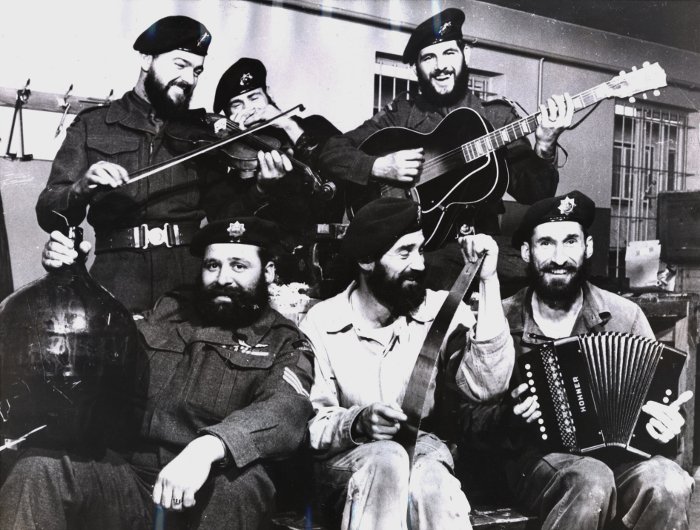
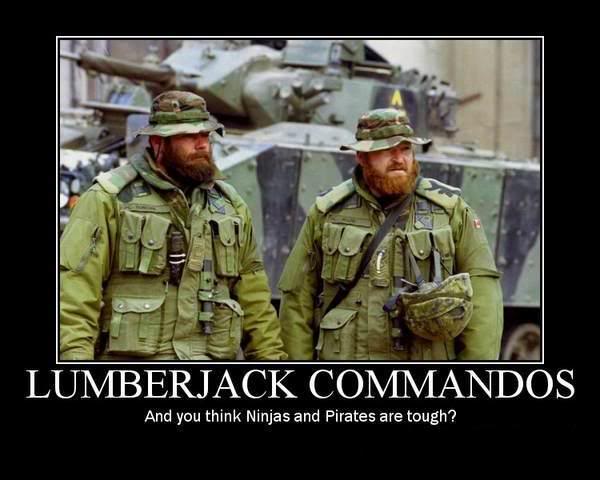
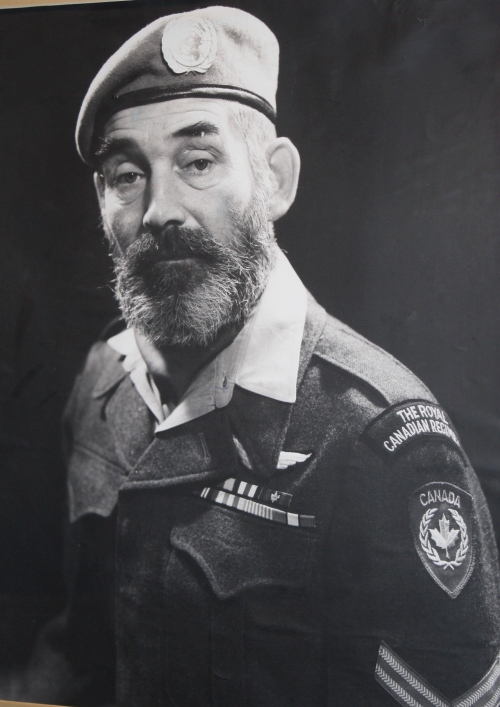


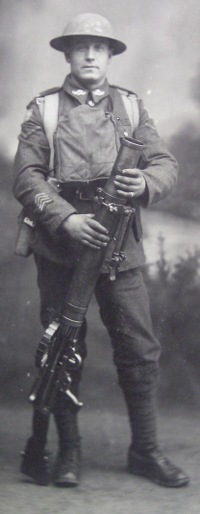 Equipment
Equipment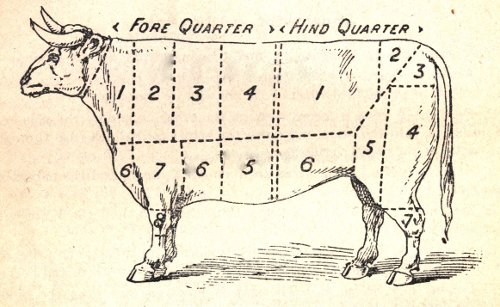
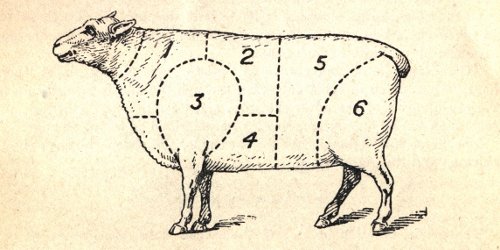

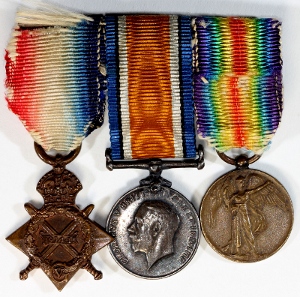 We can also most likely expect to see the recurrence of another trend that has followed major commemorations of Canada's wars overseas, a tendency for many Canadians to be reminded that they too had family members who fought and, for some, family members who did not return home. Some will begin a journey of discovery to see what can be learned of those grandfathers, great-uncles, and other relatives, many of whom left little to the family history but the gaps their loss or silence created.
We can also most likely expect to see the recurrence of another trend that has followed major commemorations of Canada's wars overseas, a tendency for many Canadians to be reminded that they too had family members who fought and, for some, family members who did not return home. Some will begin a journey of discovery to see what can be learned of those grandfathers, great-uncles, and other relatives, many of whom left little to the family history but the gaps their loss or silence created.
 We often hear catchphrases but we can never quite be certain where they originated. Infantry officers training in the Canadian Army have long head one which goes "Time spent on recce (i.e, reconnaissance) is never wasted" … intending to teach the new officer that even if he or she thinks they understand a situation completely, a thorough reconnaissance (time permitting) is invaluable, if for no other reason to confirm what is known. Inevitably, in training and service afterwards, reconnaissance often identified factors that were previously not known to the officer and which materially affect the plan evolving in their mind. failing to heed this adage can have serious consequences.
We often hear catchphrases but we can never quite be certain where they originated. Infantry officers training in the Canadian Army have long head one which goes "Time spent on recce (i.e, reconnaissance) is never wasted" … intending to teach the new officer that even if he or she thinks they understand a situation completely, a thorough reconnaissance (time permitting) is invaluable, if for no other reason to confirm what is known. Inevitably, in training and service afterwards, reconnaissance often identified factors that were previously not known to the officer and which materially affect the plan evolving in their mind. failing to heed this adage can have serious consequences.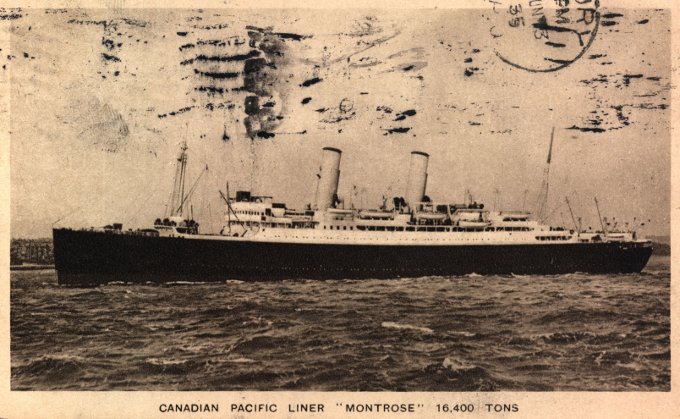
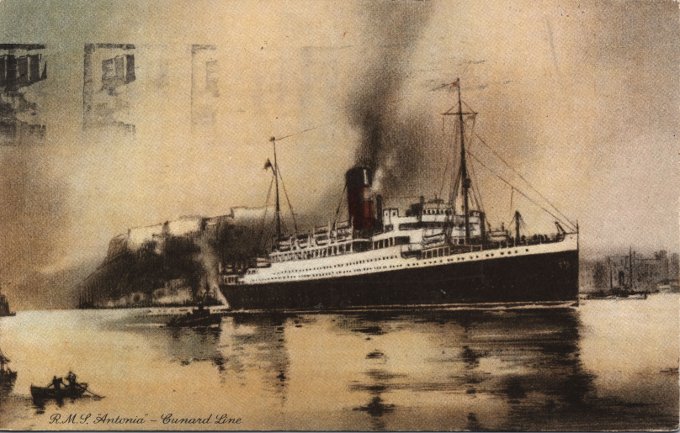
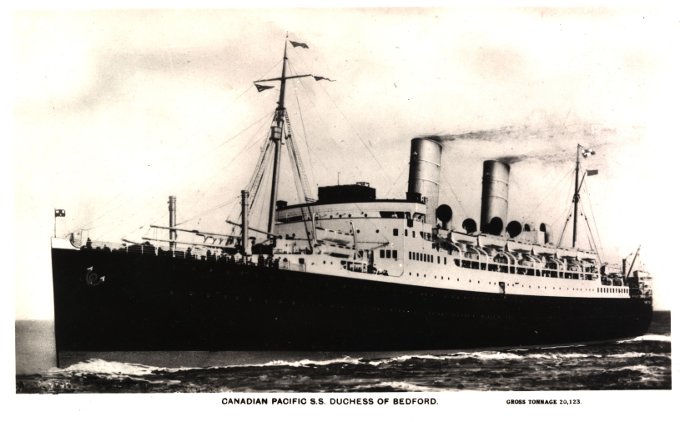
 Not all Battle Honours are equal in terms of the scale of action for which they were awarded. Some cover vast expanses of terrain and months or years of warfare, while others are defined by single dates and very restrictive geographical boundaries. When we look at the list of honours awarded to a regiment we may find Battle Honours that range from Theatre Honours to Separate Actions or Engagements.
Not all Battle Honours are equal in terms of the scale of action for which they were awarded. Some cover vast expanses of terrain and months or years of warfare, while others are defined by single dates and very restrictive geographical boundaries. When we look at the list of honours awarded to a regiment we may find Battle Honours that range from Theatre Honours to Separate Actions or Engagements.
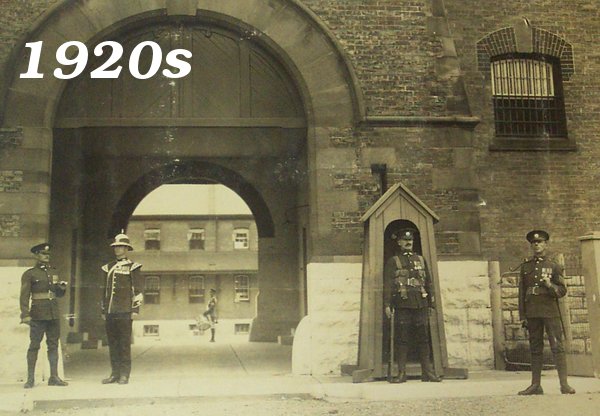
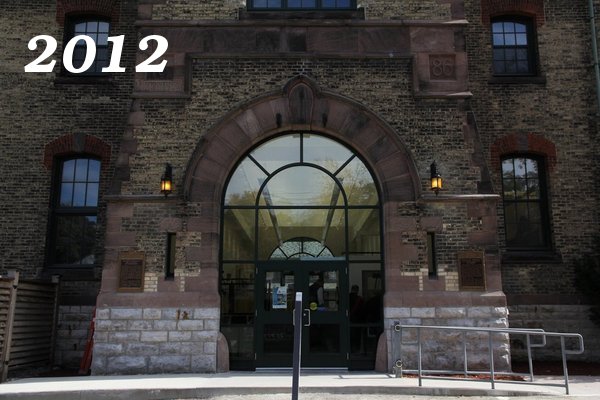
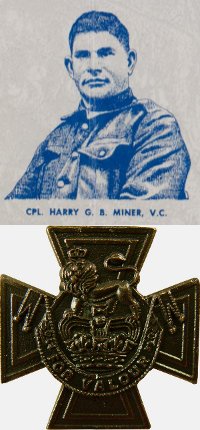 During the First World War,
During the First World War, 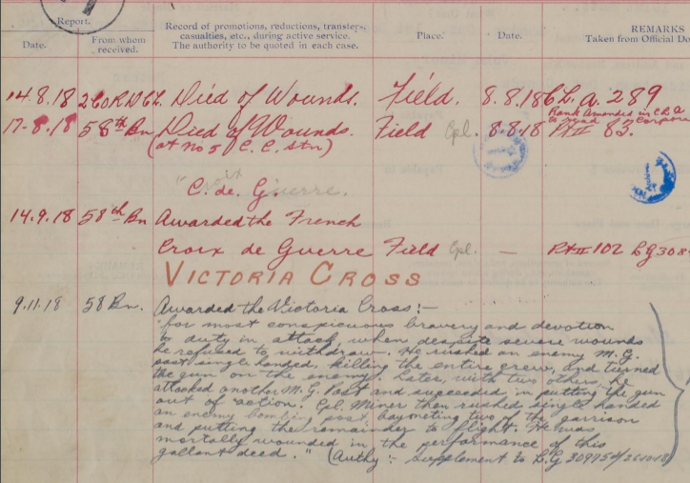

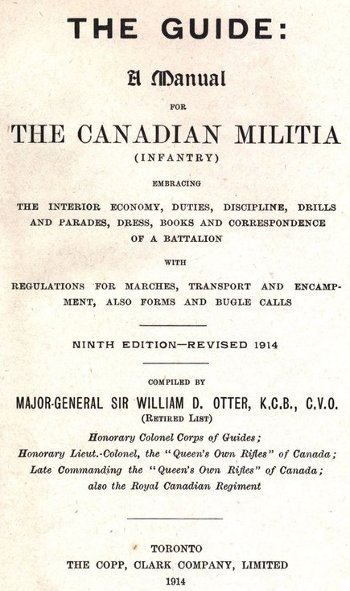 The Guide: A Manual for the Canadian Militia (Infantry); Compiled by Major-General Sir William D. Otter, K.C.B., C.V.O. (retired List) – Ninth Edition—Revised 1914
The Guide: A Manual for the Canadian Militia (Infantry); Compiled by Major-General Sir William D. Otter, K.C.B., C.V.O. (retired List) – Ninth Edition—Revised 1914
 Thus reads the opening paragraphs of the chapter covering the battle of
Thus reads the opening paragraphs of the chapter covering the battle of 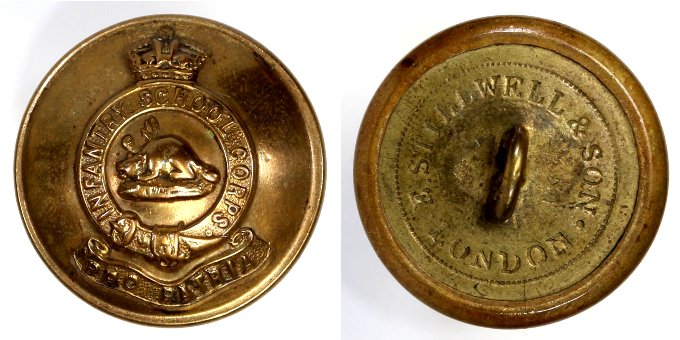
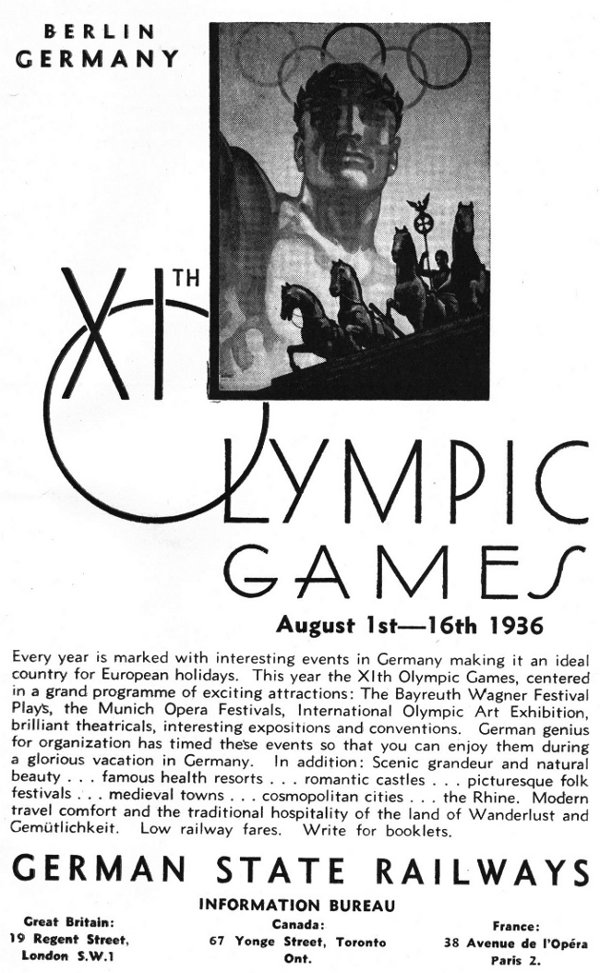
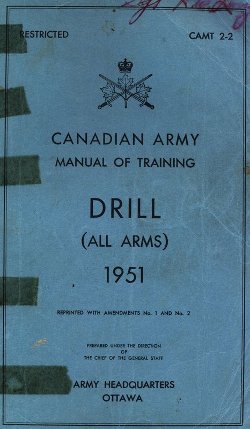 With stereotypical military attention to detail, the 1951 Canadian Army Manual of Training for Drill for all arms details the two fundamental physical movements which will comprise much of a drill instructor's attention and verbal repertoire when teaching new recruits:
With stereotypical military attention to detail, the 1951 Canadian Army Manual of Training for Drill for all arms details the two fundamental physical movements which will comprise much of a drill instructor's attention and verbal repertoire when teaching new recruits: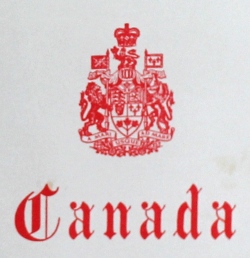


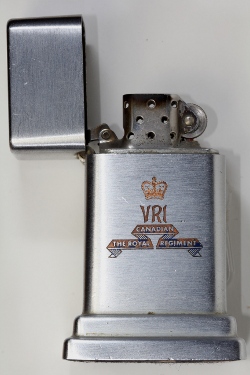 Twenty years ago, the Canadian Army, following Government direction, stopped smoking indoors. It may seem strange to many today who are too young to remember those days, but smoking was such an ingrained part of Canadian culture at the time that every office, every barrack room and every table in the messes featured an ashtray. Even for those who didn't smoke, the ready access to an ashtray needed to be provided for the many who did and expected the courtesy. Few items were more iconic than the ubiquitous round ashtrays in brown glass that were provided through the Canadian Forces Supply System, often seen overflowing with butts on the desks of heavy smokers.
Twenty years ago, the Canadian Army, following Government direction, stopped smoking indoors. It may seem strange to many today who are too young to remember those days, but smoking was such an ingrained part of Canadian culture at the time that every office, every barrack room and every table in the messes featured an ashtray. Even for those who didn't smoke, the ready access to an ashtray needed to be provided for the many who did and expected the courtesy. Few items were more iconic than the ubiquitous round ashtrays in brown glass that were provided through the Canadian Forces Supply System, often seen overflowing with butts on the desks of heavy smokers.